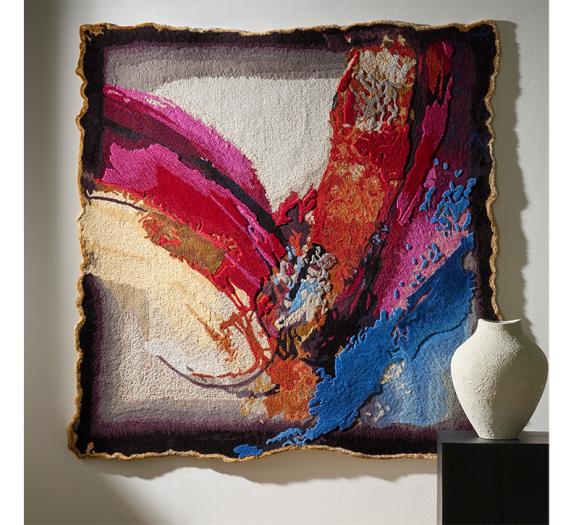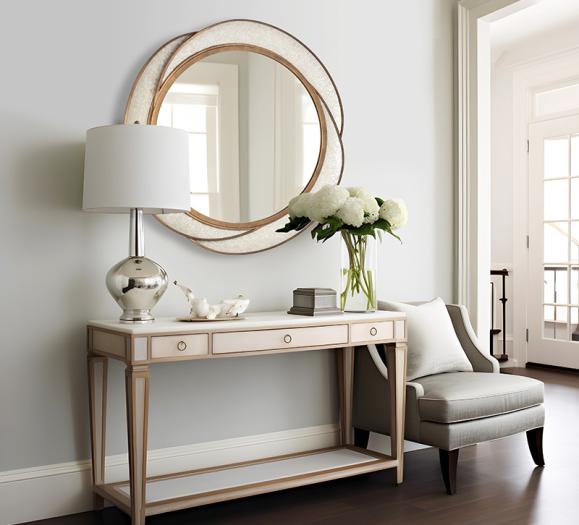Although they are inherently different, independent showrooms and big-box retailers like Restoration Hardware, Target and West Elm compete for consumers’ business, and it can sometimes feel like an uphill battle. The massive budgets of these chains mean in-store restaurants, celebrity licensing deals and an endless amount of marketing money.
But fear not! Your showroom may not have their budgets, but with the right frame of mind, you can borrow these big-box retailers’ best strategies — and improve them for your store. Here’s how.
The Strategy:
Restoration Hardware’s in-store restaurants
Your Strategy:
Offer in-store beverages
Restoration Hardware’s had a good year. They’re opening more brick-and-mortar locations, and they’re adding restaurants to some of their biggest locations like the newly designed store in downtown Chicago.
But business consultant Jacqui Genow, owner of J. Genow Marketing, says business owners can still use this strategy without opening a restaurant in their showroom. Having beverages in your showroom — pop and water in a mini fridge or even a Keurig — encourages customers to stop and stay awhile.
Want another tool to make shopping even more pleasant for parents in your showroom? Genow recommends having a few children’s toys and books on hand to entertain kids while their parents shop and speak with your sales associates.
The Strategy:
Target’s licensed furniture and home decor collection with “Fixer Upper” star Joanna Gaines
Your Strategy:
High-design decor and accessories
Last year, Target launched Hearth & Hand, a new home decor line designed by Joanna Gaines. While the celebrity name helps, the price and accessibility of the accessories make for a seller’s dream. Prices start at under $5, and the items are inexpensive to ship.
Don’t try to get into a price war for accessories. Instead, cultivate a collection of accessories that will help you stand out from local competition. Luminaire, which has showrooms in Florida and downtown Chicago, curates accessories from around the world — from cookware designed in Finland to decorative glass vases from the Czech Republic — that would be difficult to find anywhere else in the U.S. Design Catalyst Douglas McClellan says the accessories balance out the minimalism of the lighting and furniture.
“In our department, we’ve really concentrated on finding specific, very curated brands that represent the same philosophy that goes into selecting the lighting and furniture,” he explains.
Luminaire sells lighting, furniture and accessories in its showrooms, but it only sells accessories plus small lighting and furniture online. These pieces are less customizable and less expensive to ship. Safer shipping and fewer chances for size or upholstery mix-ups means fewer returns and happier customers.
It’s also opened a revenue stream — holiday gifting. McClellan says Luminaire’s accessories sell well as gifts because they’re so unique and special.
The Strategy:
West Elm’s Etsy sellers
Your Strategy:
Selling art and products produced by local artisans
West Elm decided to get local by scouting artists on Etsy and selling their products in stores across the U.S. and online. The goal was to connect each showroom to the community. In reality though, West Elm has stores in about 85 U.S. cities — most of them metropolitan. That leaves a gap for local retailers.
“Where a small retailer can really adapt this to make a really unique experience to them,” Genow says, “is to take the concept and partner with local artists.”
This spring and summer, head to local craft fairs and art festivals in your area and look for artists and designers that create cool and unusual pieces. Make connections and see if they’d be interested in selling their work in your showroom. You’ll have one-of-a-kind creations that support local artists, strengthen your ties to your community and position yourself as a showroom with fantastic finds consumers can’t get elsewhere.







